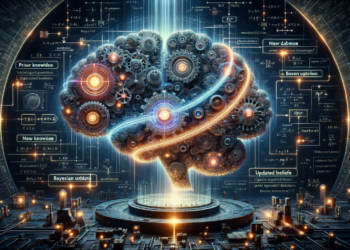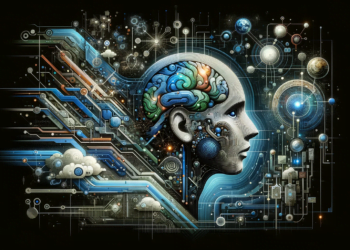The field of Artificial Intelligence (AI) is constantly evolving in its approaches, theories, and applications. Among these branches, Multi-Instance Learning (MIL) is a variant that has gained significance, adapting the premise of supervised learning but with a twist that tackles the complexity of data labeled at the group or “bag” level rather than individual instances. This approach circumvents some limitations of conventional supervised learning and is particularly useful in problems where precise instance-level labeling is difficult, costly, or impractical.
Definition of Multi-Instance Learning (MIL)
In MIL, it is assumed that a trainer provides a set of bags, each consisting of multiple instances. Unlike standard supervised learning, individual instances are not labeled; instead, labels are provided only at the bag level. In the context of binary classification, a bag is labeled as positive if it contains at least one positive instance, and negative if all its instances are negative.
History and Origin of MIL
The concept of MIL was introduced by Dietterich et al. in 1997, in the context of classifying chemical compounds to predict whether they would be active in a certain manner, based only on a partially known chemical structure. Since then, this technique has found applications in various domains that include, but are not limited to, pattern recognition, image processing, object detection, and text analysis.
Models and Algorithms in MIL
The approaches to solving problems using MIL are diverse and continually evolving. Among the most well-known models are:
- Diverse Density (DD): Searches for a point in the feature space that is close to at least one instance in each positive bag and far from all instances in the negative bags.
- SVM-based algorithms (Support Vector Machine): Modified to handle bag labels instead of instance labels.
- Instance matching algorithms: Estimate how likely each instance is to contribute to the bag’s label and apply weighting methods.
- Deep neural networks: Their architecture and loss function are adapted to deal with the MIL labeling scheme.
Relevant Practical Applications
MIL has been successfully applied in various areas of science and technology, such as:
- Medicine: In predicting diseases like cancer, where images may contain both healthy and malignant areas (instances), but the label applies to the level of the entire image (bag).
- Environmental sound detection: Identifying events of interest in recordings where only the presence of an event is known within a more extended time segment.
2. Text analysis: To identify the presence of specific topics in documents where only the complete document (bag) is labeled and not each word or phrase (instance).
Comparison with Previous Works and Future Outlook
Compared to supervised learning, MIL offers a pragmatic solution to the scarcity and high cost of fine-grained labeling. While unsupervised and semi-supervised learning also attempt to address similar problems, MIL stands out by providing a theoretical and practical framework for dealing with data in bag form.
Future research in MIL focuses on improving algorithms to handle bags with complex structures, combining MIL with unsupervised and semi-supervised learning to achieve greater precision, and integration with deep learning methods to address high-dimensional and complex data sets.
Conclusions
Multi-Instance Learning is a vibrant field within AI that addresses the intricate needs of classification where the granularity of labels is a challenge. A better understanding and development of this technique will further expand its practical applications and contribute significantly to critical fields such as medicine and environmental intelligence.
As AI continues its relentless advancement, MIL is expected to play a more prominent role, thanks to its flexibility and ability to handle the uncertainty and complexity inherent in many real-world data problems. The challenge lies in the constant improvement of its algorithms and the exploration of synergies with other areas of AI to unlock its full potential. With current case studies, the path is being paved for future innovations that promise to revolutionize how we manage and process large amounts of information once again.
This article serves not only as a glossary for those immersed in AI but also as a window into the transformative potential of MIL, underlining the importance of this technique in building intelligent systems that come ever closer to the complexity and subtlety of human reasoning.






















